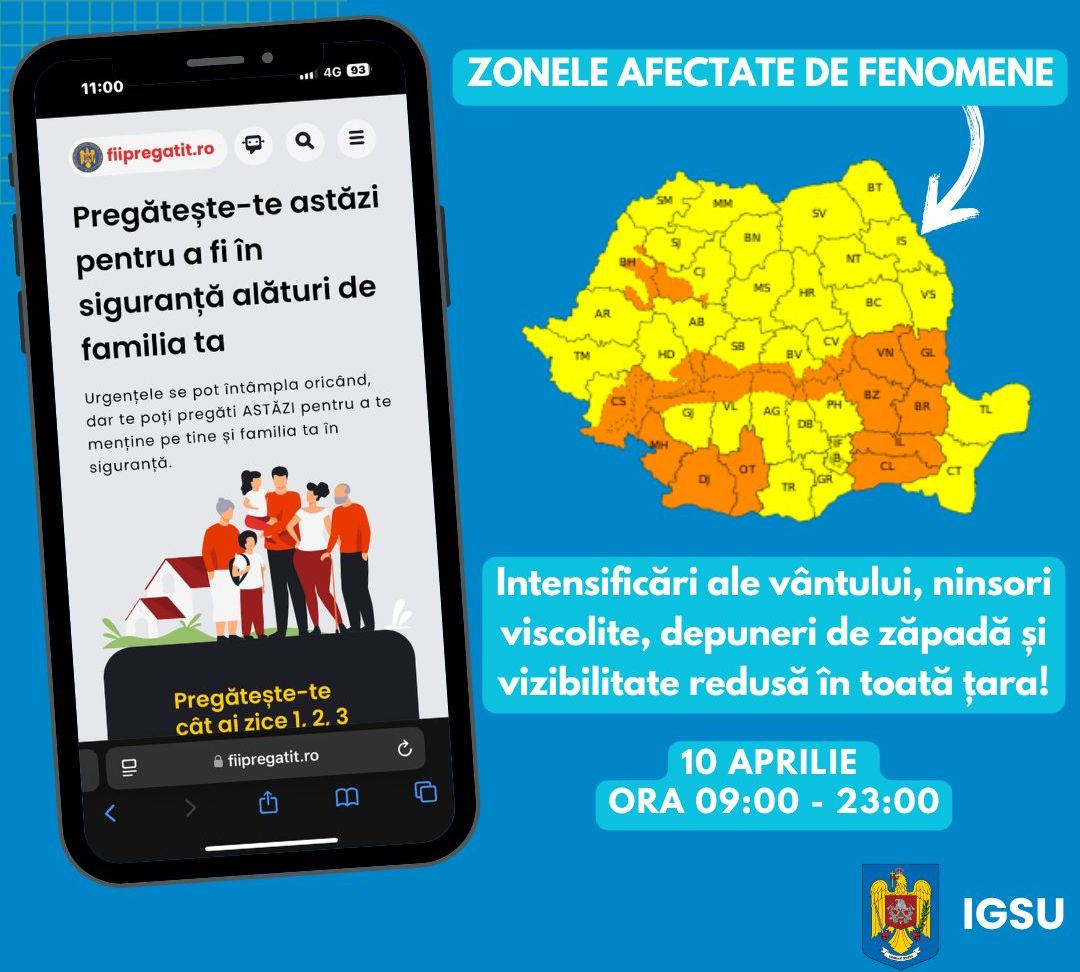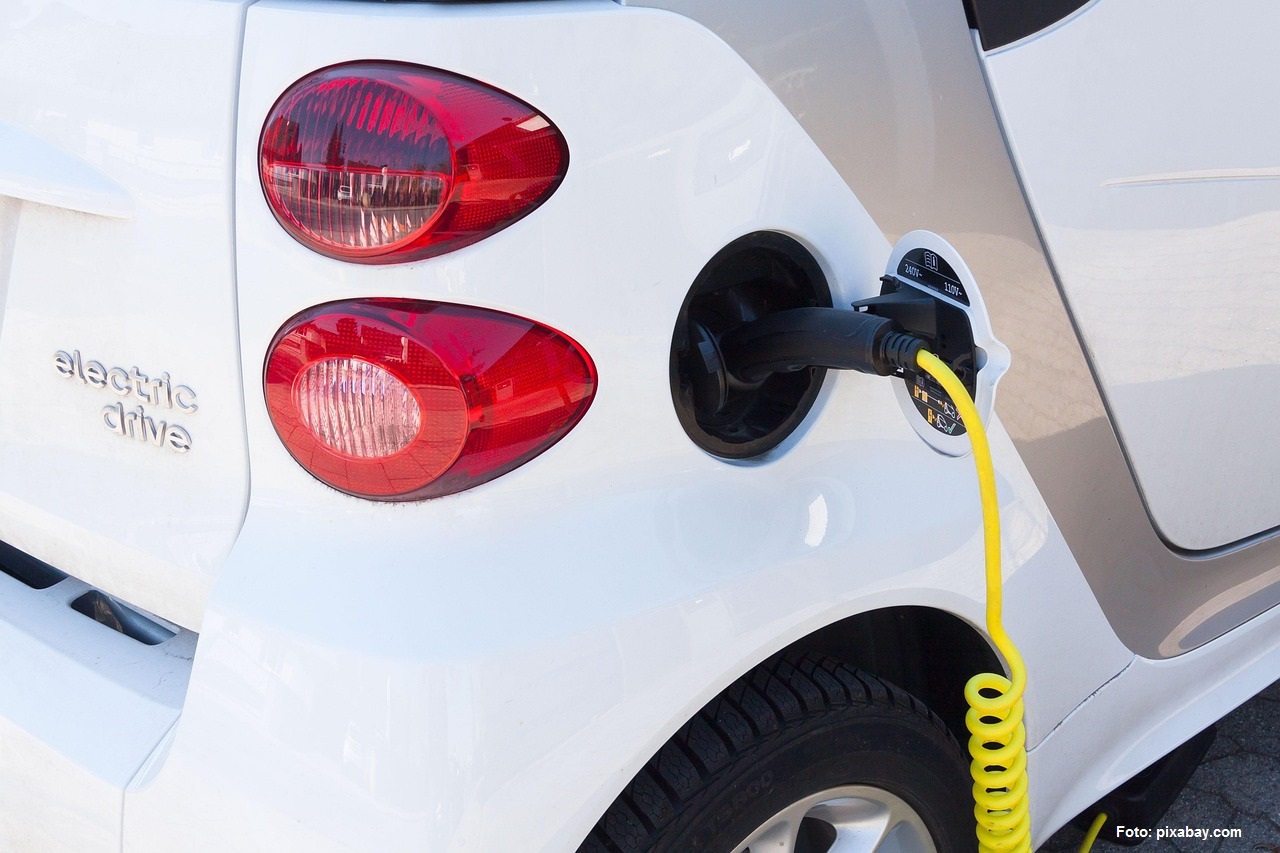Romania and nuclear scientific research
The Romanian flag was raised on Monday at the headquarters of the European Organisation for Nuclear Research after Romania became, in July, the 22nd full-fledged member of this organisation, the worlds largest research centre in the field of particle phy

Leyla Cheamil, 06.09.2016, 13:29
A historic moment for Romanian research as the countrys flag was flown on Monday at the headquarters of the European Organisation for Nuclear Research (CERN) near Geneva, in Switzerland. On the 17th of July, Romania became the 22nd full-fledged member of this organisation, the worlds biggest research centre in the field of particle physics. This was the result of a long process that began in 1991, when CERN and the government in Bucharest signed an agreement on scientific and technical cooperation.
Attending the flag raising ceremony, president Klaus Iohannis highlighted the special importance of Romanias membership for the scientific and research community in this country. He said Romania was proud to join the CERN community, which is tantamount to international recognition of excellence in the field of Romanian research, a field that has had remarkable achievements.
Klaus Iohannis praised the contribution of Romanian researchers, engineers and technical experts who have taken part in CERNs activities in the last 20 years and have thus consolidated the countrys image abroad. At the moment, there are more than 170 Romanian physicists and engineers from five universities and three research institutes in Romania who are working on nine CERN projects. The president encouraged Romanian researchers who presented the projects they are working on to take advantage of the opportunities that come with Romanias CERN membership. The most important such benefit, according to the president, is the direct impact it will have on long-term research in Romania.
Moreover, Romania has the opportunity to produce, develop and supply the necessary scientific equipment for the completion of the current research projects. The president also said that membership of CERN may facilitate the transfer of technology and expertise to the industrial sector in Romania, with obvious economic benefits. Romanian companies, research institutes and entrepreneurs will thus have access to CERNs large portfolio of technological and scientific capabilities acquired over 50 years of activity. Another major project in which the Romanian nuclear research community is involved is the Extreme Light Infrastructure – Nuclear Physics, known as the laser in Magurele and the most powerful laser in the world. It is estimated that implementation works will be finalised in December 2018.
(Translated by C. Mateescu)






























